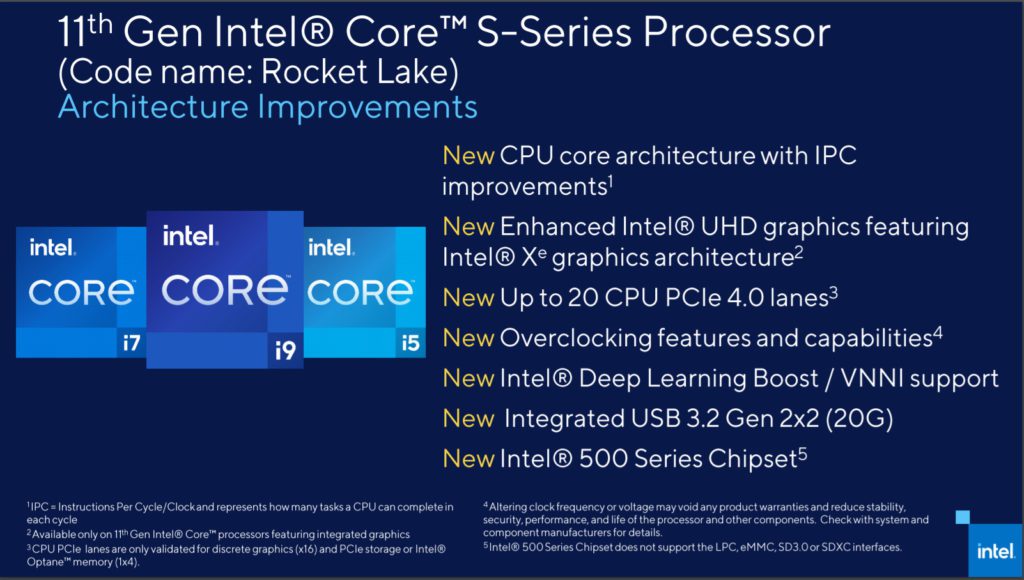Intel’s 11th Generation Desktop CPUs are anticipated by everyone from Intel users to just general hardware enthusiasts as well, not just because AMD seems to have taken over the market pretty dominantly by now, and some competition would be really great right now, but also because it has been confirmed that it will be finally replacing the Skylake microarchitecture that had been around way back since 2015. The presence of Skylake for so long in their desktop CPU lineup has been a major pain point for all hardware enthusiasts and Intel alike, as with time, the stagnation has led to decreased competition in the market.
Rocket Lake Enters a Tough Market for Intel

After the aforementioned stagnation due to difficulties that Intel has faced over the years in getting their 10 nm process to all their desktop CPUs, AMD has taken Intel’s place as the industry benchmark, the CPUs to beat, and the best CPUs for most buyers in the consumer CPU space. Intel used to be in that very place back when Skylake was new, and AMD then began chipping away at that status while Intel faced delays in moving forward from Skylake microarchitecture. And with the recent release of Ryzen 5000 based on the Zen 3 architecture, AMD has set the standard for Intel to beat.
Seemingly anticipating that AMD will finally lead Intel in raw performance with this recent release of theirs, Intel revealed the existence of their Rocket Lake CPUs just a day before AMD revealed their CPUs last month. However, it is only now when we know more about their creation, which is going to arrive in March next year.
Rocket Lake (RKL): Cypress Cove on 14 nm

Cypress Cove is the name given to the architecture powering Rocket Lake. Intel has backported this process from their 10 nm manufacturing process so as to make this generation a step before they can actually move down to the (hopefully) more efficient 10 nm process.
Rocket Lake brings PCIe 4.0 support to Intel consumer CPUs, a feature that competing manufacturer AMD has had since 2019 but Intel was critically missing until now. 20 lanes of PCIe 4.0 also equal to 4 more than the predecessors. Additionally, high-end Z490 motherboards will be able to run PCIe 4.0 with a Rocket Lake CPU just through software updates. The upcoming CPUs will also feature up to 8 cores instead of 10 that was the peak previously. We also get Intel’s Xe Graphics as integrated in the new CPUs, which are a great addition.
The upcoming CPUs are helped by the maturity of the 14 nm process, as that may help them achieve good clock speeds, helping Rocket Lake show good performance increases. With the claimed IPC improvements over Skylake (“double digits”), Rocket Lake seems to be the update that Intel needs to come back, with a decent product to compete with AMD.



Specs, and prices are also revealed see here: https://www.techneg.tech/2020/12/intel-core-11th-gen-cpus-memory-overclocking.html